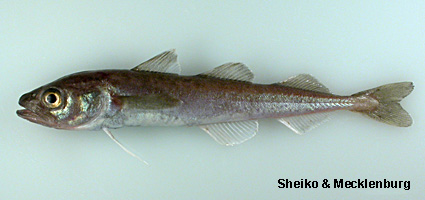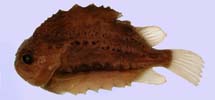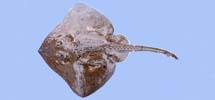Fishes

What’s here?
This section provides images and background on fishes living in the Arctic. It is intended to be primarily visual, and provide brief detail, natural history, and known distribution of species.
Arctic marine waters are home to about 240 species of marine and diadromous (mostly anadromous) fishes. The number of species may differ among authors due to shifting of the arctic faunal barrier over time, differences in taxonomic opinion, and discovery of new species. Here our boundaries are the Arctic Ocean and its seas as well as the North Pacific south to about Cape Navarin and the Yukon Delta (Bering Sea) and the North Atlantic to Nova Scotia and the northern Barents Sea.
Two major taxonomic groups account for more than half (55%) the species: the suborder Cottoidei of the order Scorpaeniformes, including sculpins, snailfishes, and alligatorfishes (30%); and the suborder Zoarcoidei of the order Perciformes, including primarily eelpouts and pricklebacks (25%). Arctic anadromous fishes are mostly in the salmonid family (Salmonidae) of the order Salmoniformes, including ciscoes and whitefishes, trouts and chars, and salmons. Salmonids inhabit inshore and nearshore waters except for a few species that range far offshore during their ocean years.
Most Arctic Ocean marine fishes are benthic or demersal, living on or closely associated with the bottom. Few are pelagic, freely moving about in the water column like the glacial lanternfish, Benthosema glaciale, which stays at mesopelagic depths down to 1,250 m during the day and rises to epipelagic depths near the surface at night; or both demersal and pelagic, like the ice-loving (cryopelagic) Arctic cod, Boreogadus saida, which hides in
under-ice crevices to avoid predators.
About the species accounts:
The distribution maps are based on museum voucher specimens from historical and recent collections, catch data from recent research cruises, and literature.
Photographs of Arctic marine species in their natural habitat are very rare. Most of our photographs were taken at sea or in the laboratory, sometimes of living specimens in small containers of seawater but more often of dead fish laid out in standard position as cruise catch and genetic sequence (“barcoding”, see FishBOL) vouchers.
Page Author: Kitty & Tony Mecklenburg
Created: January 20, 2009

















